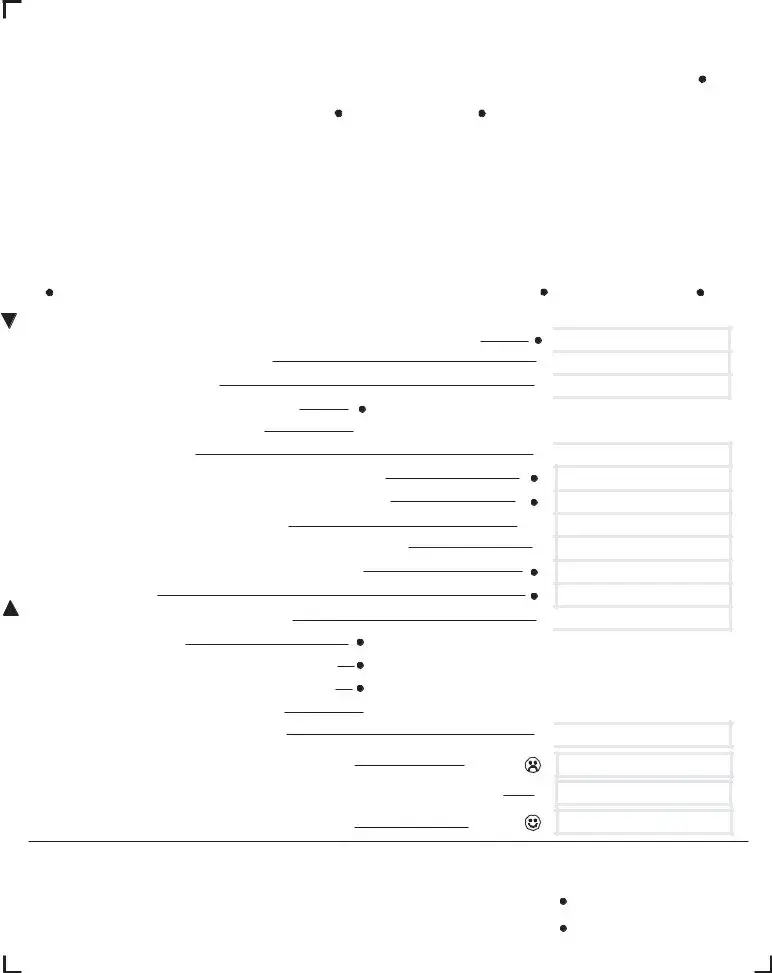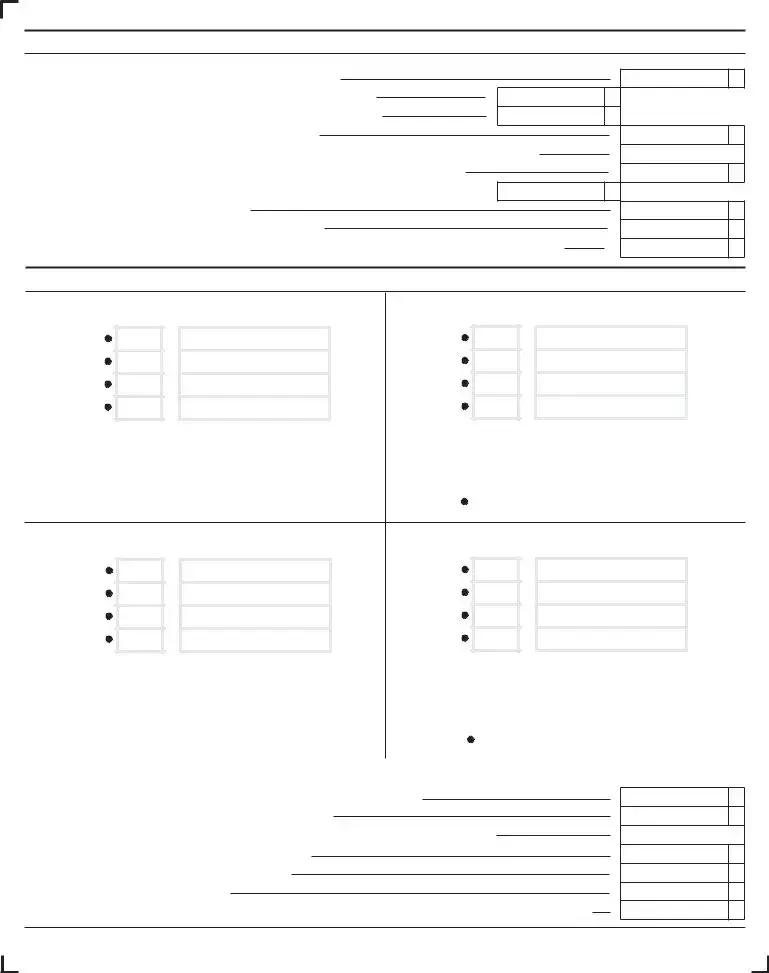The Utah Fiduciary Income Tax Return, TC-41, shares similarities with the Federal Form 1041, U.S. Income Tax Return for Estates and Trusts. Both forms are designed to report income, deductions, and taxes payable by estates and trusts. The TC-41 form mirrors the structure of Form 1041 by requiring information on the entity's taxable income, adjustments, and credits, demonstrating a consistent approach to taxation for these entities at both the state and federal levels. This alignment ensures fiduciaries can navigate their tax responsibilities with a degree of familiarity across jurisdictions.
Similar to the Utah TC-41, the Schedule K-1 (Form 1041) for the IRS is a document that details the distribution of income and deductions from an estate or trust to its beneficiaries. While TC-41 focuses on the estate or trust's overall income tax liability, Schedule K-1 breaks down how much of this income and related deductions are attributable to each beneficiary. This common purpose of delineating the flow of taxable income and deductions from the entity to the individual highlights the complementary relationship between these forms in the broader tax reporting landscape.
The TC-41 form also parallels the IRS's Form 1041-QFT, U.S. Income Tax Return for Qualified Funeral Trusts, in its specialized approach to handling the unique considerations of a specific type of trust. The TC-41 makes provisions for reporting income from Qualified Funeral Trusts (QFTs) among other types, reflecting an understanding that different trusts operate under varying tax rules and structures. Both forms accommodate these nuances, ensuring that such trusts are taxed appropriately while minimizing the compliance burden on trustees.
The Utah Nonresident Trustee Tax Schedule, a component of the broader TC-41 filing process for nonresident estates or trusts, bears resemblance to the Multi-state Fiduciary Income Tax forms used by various states. These forms calculate the fiduciary income tax for entities with income sources or beneficiaries in multiple states, requiring an apportionment of income. By incorporating a similar requirement, the TC-41 ensures that income attributable to Utah sources is accurately reported and taxed, facilitating fair and equitable tax administration across state lines.
Another document related to TC-41 is the Utah Taxpayer Advocate Service Form, a utility form for disputes or issues with the tax filing. While this form is not used for reporting income or tax directly, it serves as a crucial support document for entities that might encounter difficulties or discrepancies when filing returns like the TC-41. It exemplifies the broader ecosystem of tax documentation, where reporting forms and support mechanisms work in tandem to ensure a smooth tax administration process.
The TC-41’s references to the use of Federal Form 8886, Reportable Transaction Disclosure Statement, showcase its similarity to federal tax compliance mechanisms for disclosing specific transactions that could affect tax liabilities. By requiring an acknowledgment of filing Form 8896 for relevant entities, TC-41 aligns with the IRS's broader objectives to maintain transparency and oversight over complex transactions potentially impacting the tax landscape. This harmonization between state and federal requirements underscores a joint effort in combating tax evasion and ensuring compliance.
Lastly, akin to the TC-41 form, the Amendatory Schedules used to correct or update previously filed tax returns serve a parallel purpose. Whether adjusting a federal Form 1040 for individuals or a state-specific TC-41 for estates and trusts, these amendatory documents are vital for maintaining accuracy and compliance in tax records. They embody the tax system's adaptability, allowing taxpayers to rectify errors or omissions and align their tax liabilities with their actual income and deductions.

